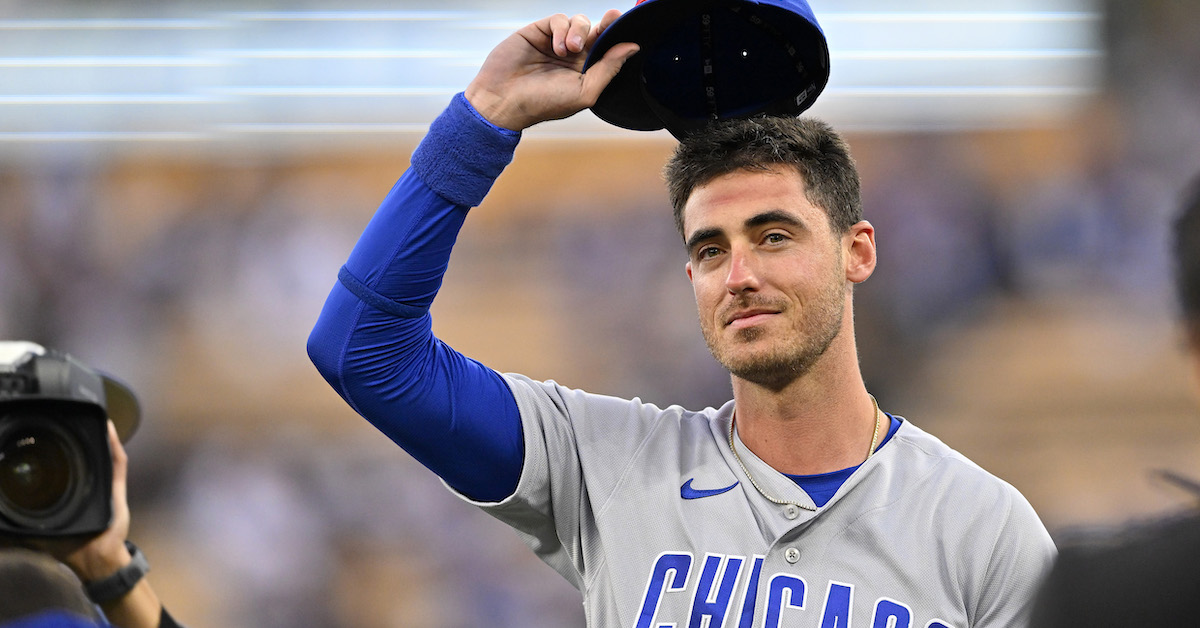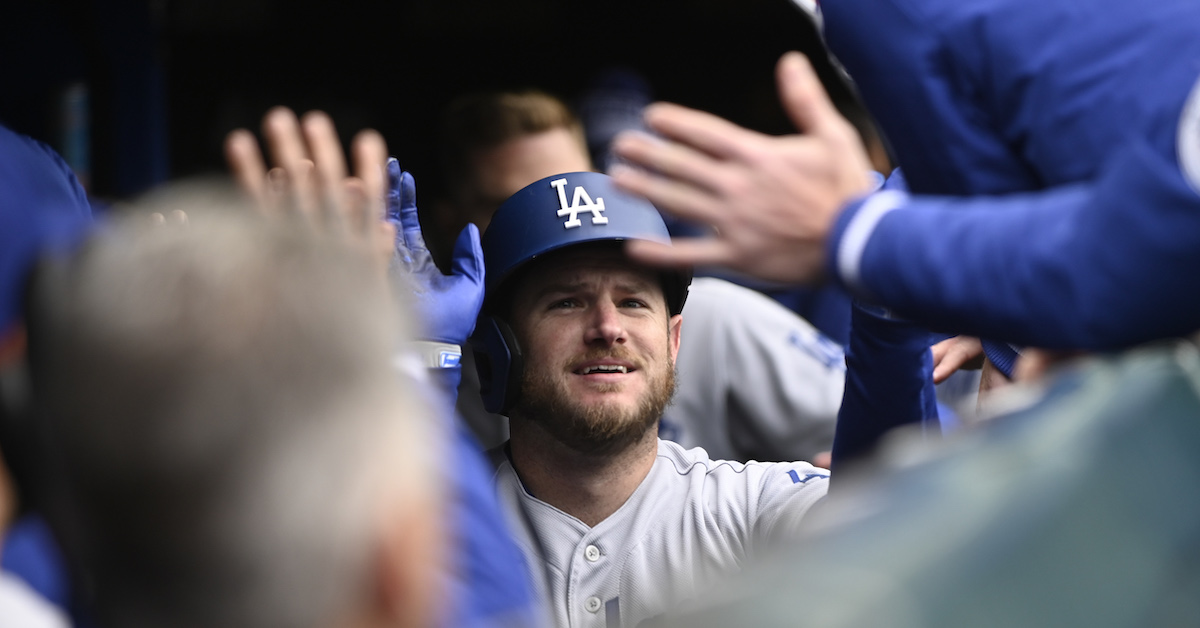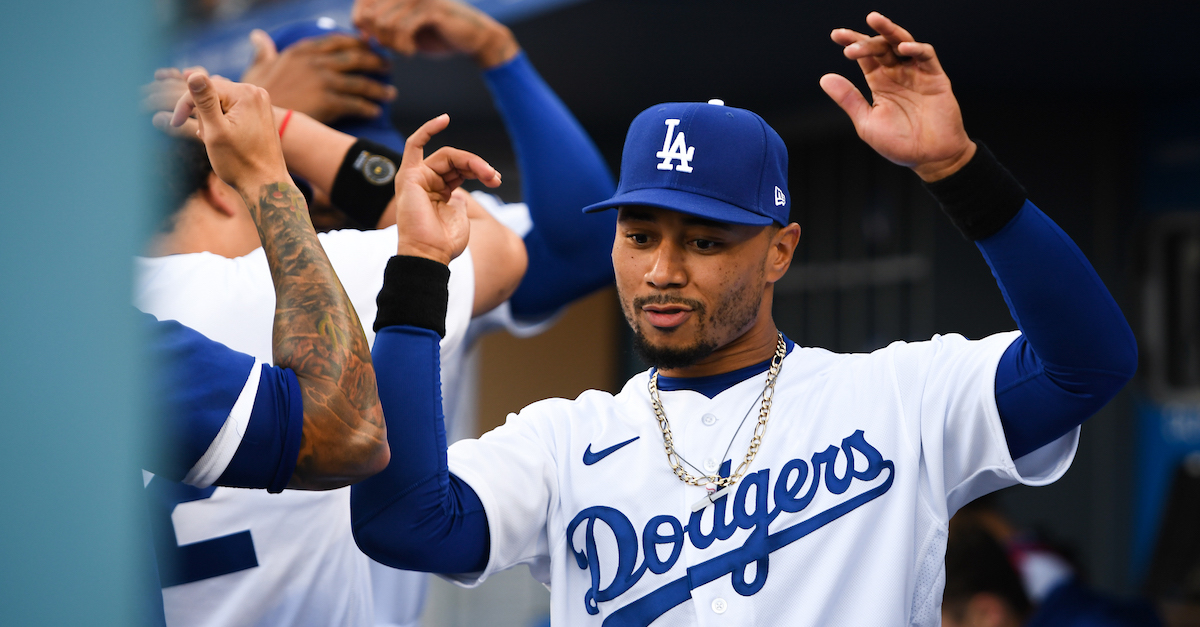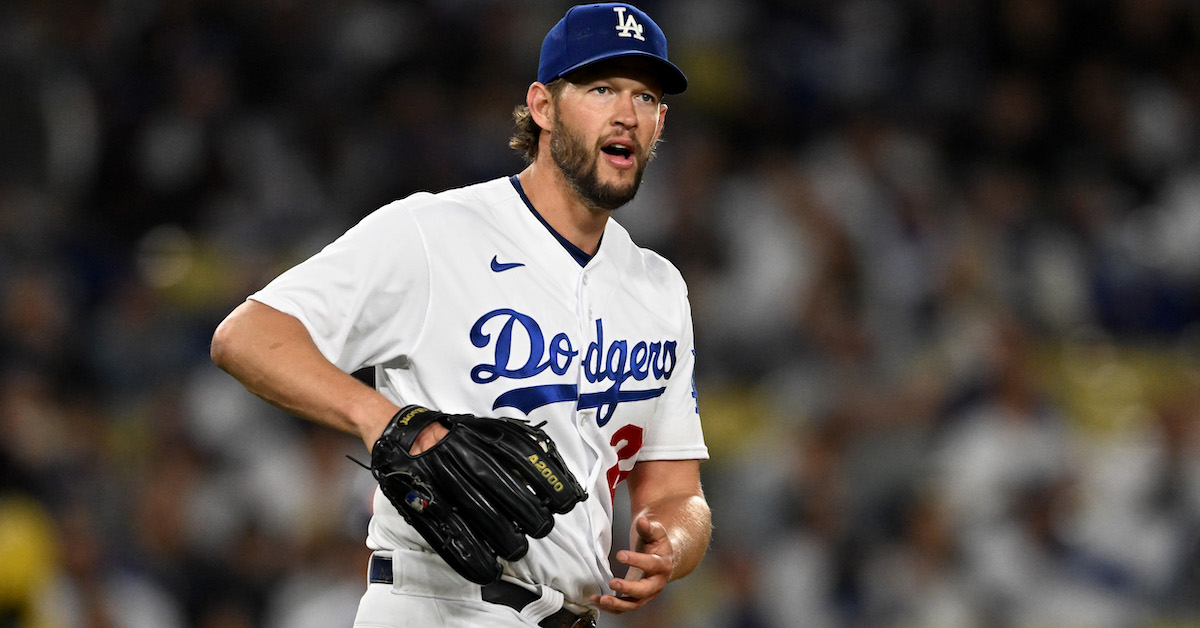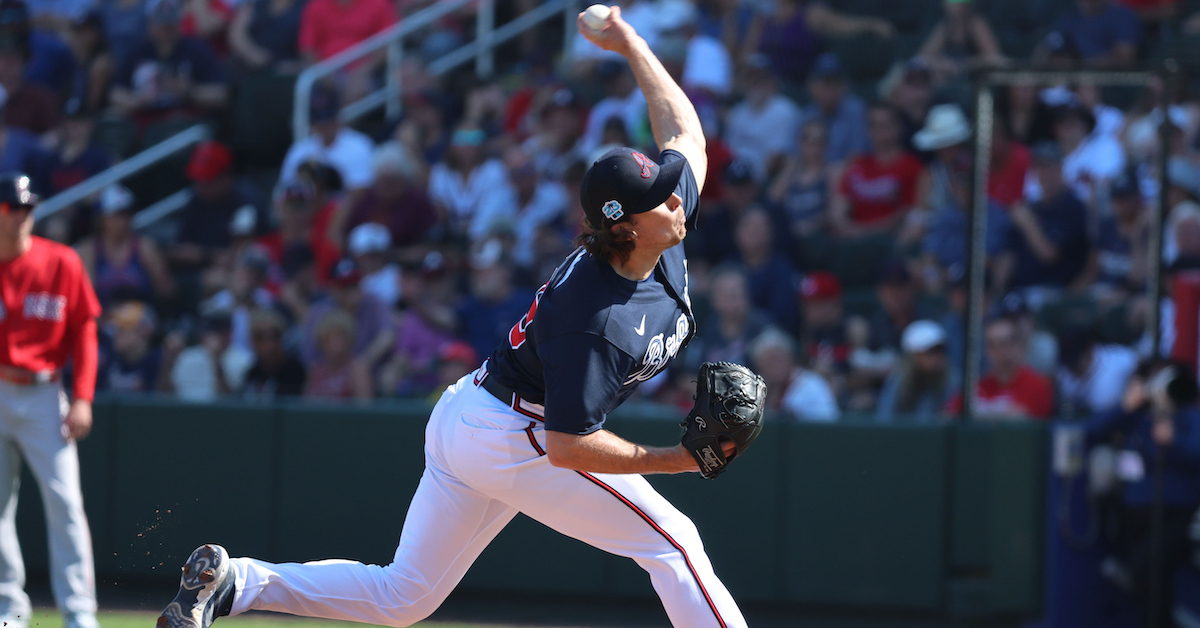Senior Quantitative Analyst
Department: Baseball Operations
Status: Full-Time
Location: Los Angeles, CA
Pay Rate: $120,000 – $150,000/year*
Reports to: Director, Quantitative Analysis
*Compensation rates vary based on job-related factors, including experience, job skills, education, and training.
The Los Angeles Dodgers are looking for quantitative baseball researchers to turn data into actionable insights through use of mathematical and statistical models. Senior Analysts are expected to innovate on our core data products, identify future areas of innovation in predictive modeling, identify and implement best practices in developing and deploying code, and provide data-backed opinions to coaches and front office decision-makers on decisions regarding on-field strategy, player development, and player evaluation.
Essential Duties & Responsibilities:
- Own the development and deployment of our most complex and highest impact predictive models
- Identify, research, and implement opportunities for new models, data sources, and areas of baseball research
- Contribute to high level planning and prioritization of projects within the QA group
- Build internal tooling to make you and your peers more efficient
- Understand the needs of users and evaluate the day-to-day impact of analytics products
- Perform ad hoc data analyses to answer urgent questions from front office leadership and other groups within baseball operations
- Advise executives and coaches on player evaluation, player development, and on-field strategy
- Make public appearances to student and professional groups to aid departmental recruiting efforts
- Provide mentorship to junior analysts, interns, and various members of the Dodgers organization not coming from a technical background.
Basic Requirements/Qualifications:
- Passionate about winning championships
- 5+ years of experience building and evaluating predictive models in industry
- Expertise in model deployment and tools for automating data science workflows
- Experience maintaining a well-organized, well-documented code repository
- Experience mentoring early-career data scientists
Nice to Haves:
- Experience using data to advise decision-making in some domain
- Experience with Bayesian Statistics
- Experience with spatial statistics
- Experience with analysis of time series data
- Experience with machine learning, particularly problems involving computer vision
- Experience maintaining and monitoring machine learning models in production
- Experience with SQL
- Experience doing baseball research
To Apply:
To apply, please follow this link.
Quantitative Analyst
Department: Baseball Operations
Status: Full-Time
Location: Los Angeles, CA
Pay Rate: $90,000 – $110,000/year*
Reports to: Director, Quantitative Analysis
*Compensation rates vary based on job-related factors, including experience, job skills, education, and training.
The Los Angeles Dodgers are looking for quantitative baseball researchers to turn data into actionable insights through use of mathematical and statistical models. Analysts are expected to build and evaluate models, follow best practices in developing and deploying code, and provide data-backed opinions to coaches and front office decision-makers on decisions regarding on-field strategy, player development, and player evaluation.
Essential Duties & Responsibilities:
- Maintain and make improvements to our core predictive models
- Contribute features to internal tooling
- Understand the needs of users and evaluate the day-to-day impact of analytics products
- Perform ad hoc data analyses to answer urgent questions from front office leadership and other groups within baseball operations
- Advise executives and coaches on player evaluation, player development, and on-field strategy
- Make public appearances to student and professional groups to aid departmental recruiting efforts
- Provide mentorship to junior analysts, interns, and various members of the Dodgers organization not coming from a technical background.
Basic Requirements/Qualifications:
- Passionate about winning championships
- 2+ years of experience building and evaluating predictive models in industry or equivalent experience in academia
- Experience maintaining a well-organized, well-documented code repository
Nice to Haves:
- Experience using data to advise decision-making in some domain
- Experience with model deployment and tools for automating data science workflows
- Experience mentoring early-career data scientists
- Experience with Bayesian Statistics
- Experience with spatial statistics
- Experience with analysis of time series data
- Experience with machine learning, particularly problems involving computer vision
- Experience maintaining and monitoring machine learning models in production
- Experience with SQL
- Experience doing baseball research
To Apply:
To apply, please follow this link.
Junior Quantitative Analyst
Department: Baseball Operations
Status: Full-Time
Location: Los Angeles, CA
Pay Rate: $75,000 – $85,000/year*
Reports to: Director, Quantitative Analysis
*Compensation rates vary based on job-related factors, including experience, job skills, education, and training.
The Los Angeles Dodgers are looking for quantitative baseball researchers to turn data into actionable insights through use of mathematical and statistical models. Analysts are expected to build and evaluate models, follow best practices in developing and deploying code, and provide data-backed opinions to coaches and front office decision-makers on decisions regarding on-field strategy, player development, and player evaluation.
Essential Duties & Responsibilities:
- Assist more senior analysts in building, evaluating, deploying, and maintaining statistical and machine learning models of baseball data
- Understand the needs of users and evaluate the day-to-day impact of analytics products
- Perform ad hoc data analyses to answer urgent questions from front office leadership and other groups within baseball operations
- Advise executives and coaches on player evaluation, player development, and on-field strategy
- Continue to build your own data science skills and those of your colleagues
Basic Requirements/Qualifications:
- Passionate about winning championships
- Demonstrated experience building and evaluating predictive models. Candidates providing evidence such as a personal GitHub page will be given highest consideration.
Nice to Haves:
- Experience using data to advise decision-making in some domain
- Experience with model deployment and tools for automating data science workflows
- Experience maintaining a well-organized, well-documented code repository
- Experience with Bayesian statistics
- Experience with spatial statistics
- Experience with analysis of time series data
- Experience with machine learning, particularly problems involving computer vision
- Experience maintaining and monitoring machine learning models in production
- Experience with SQL
- Experience doing baseball research
To Apply:
To apply, please follow this link.
The content in this posting was created and provided solely by the Los Angeles Dodgers.


